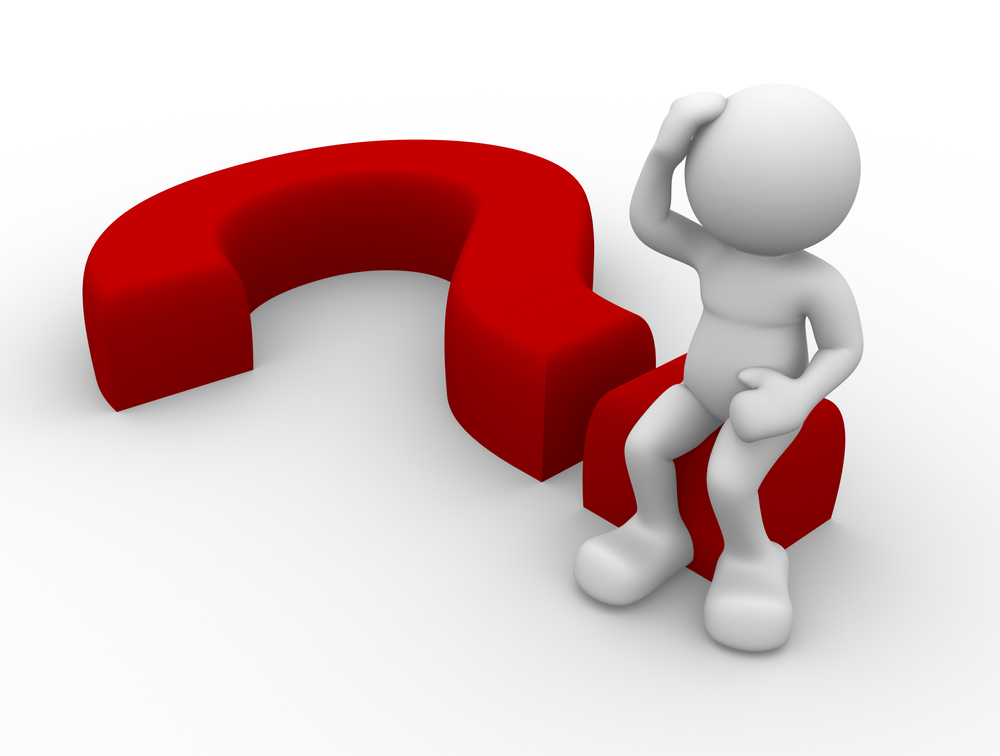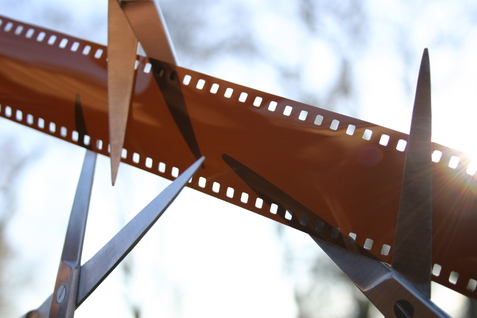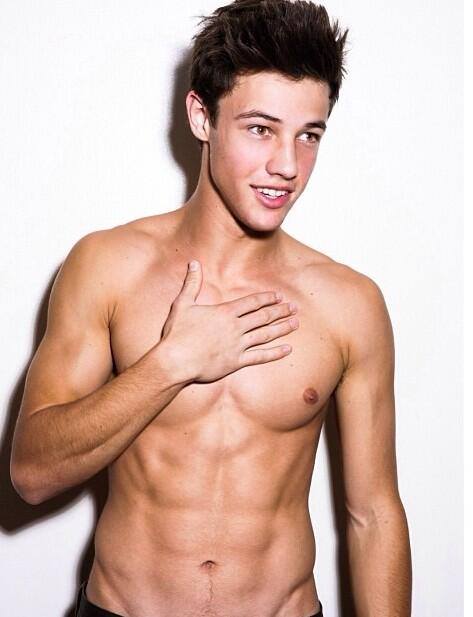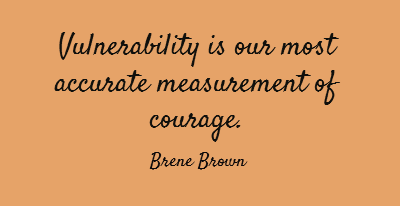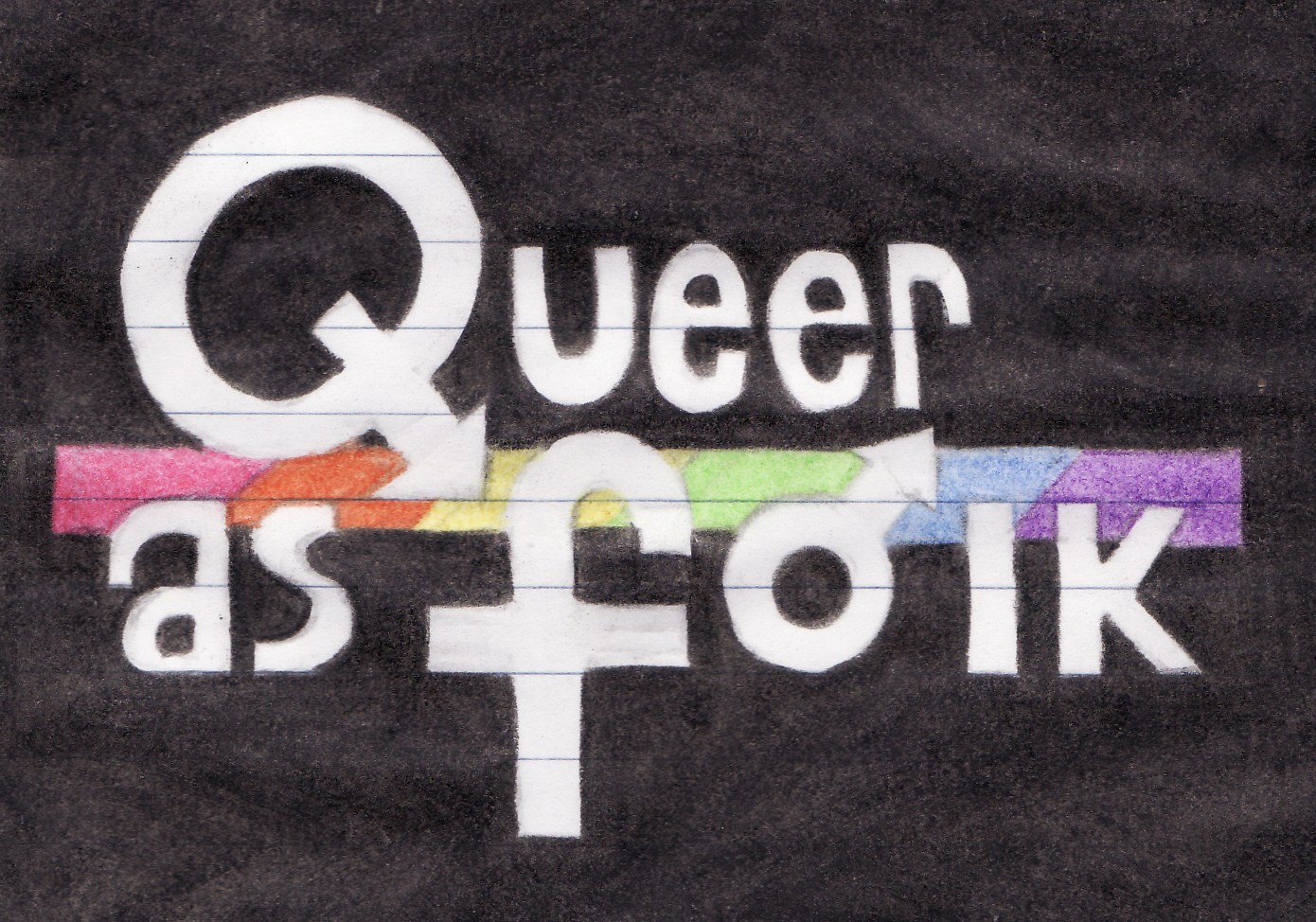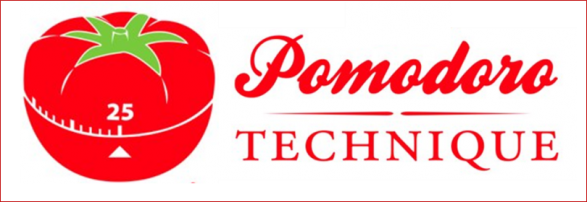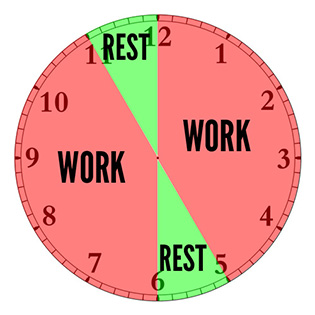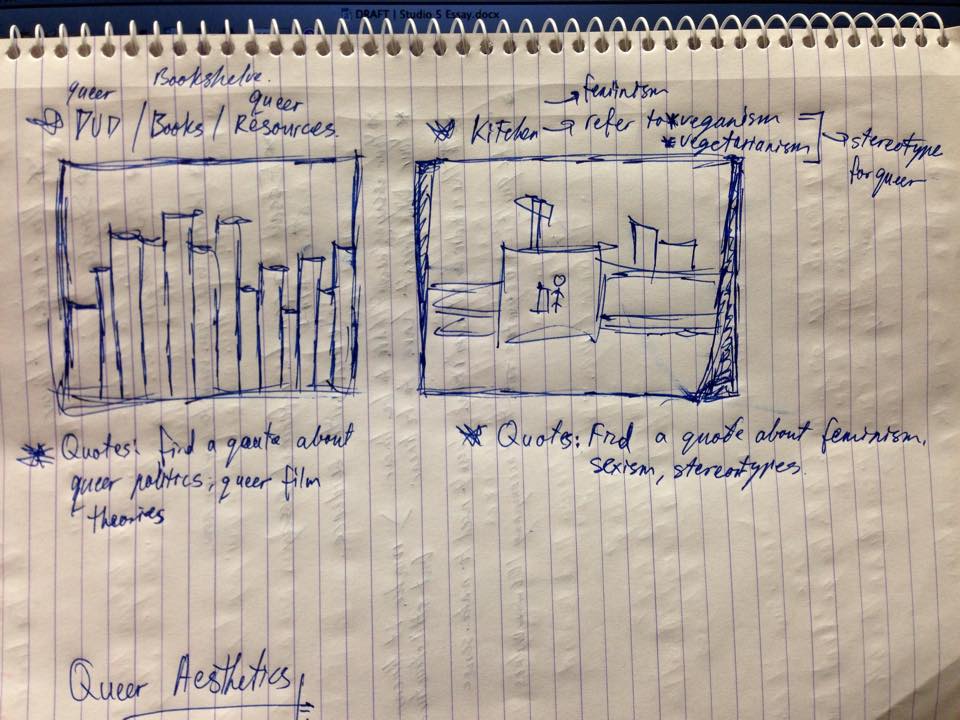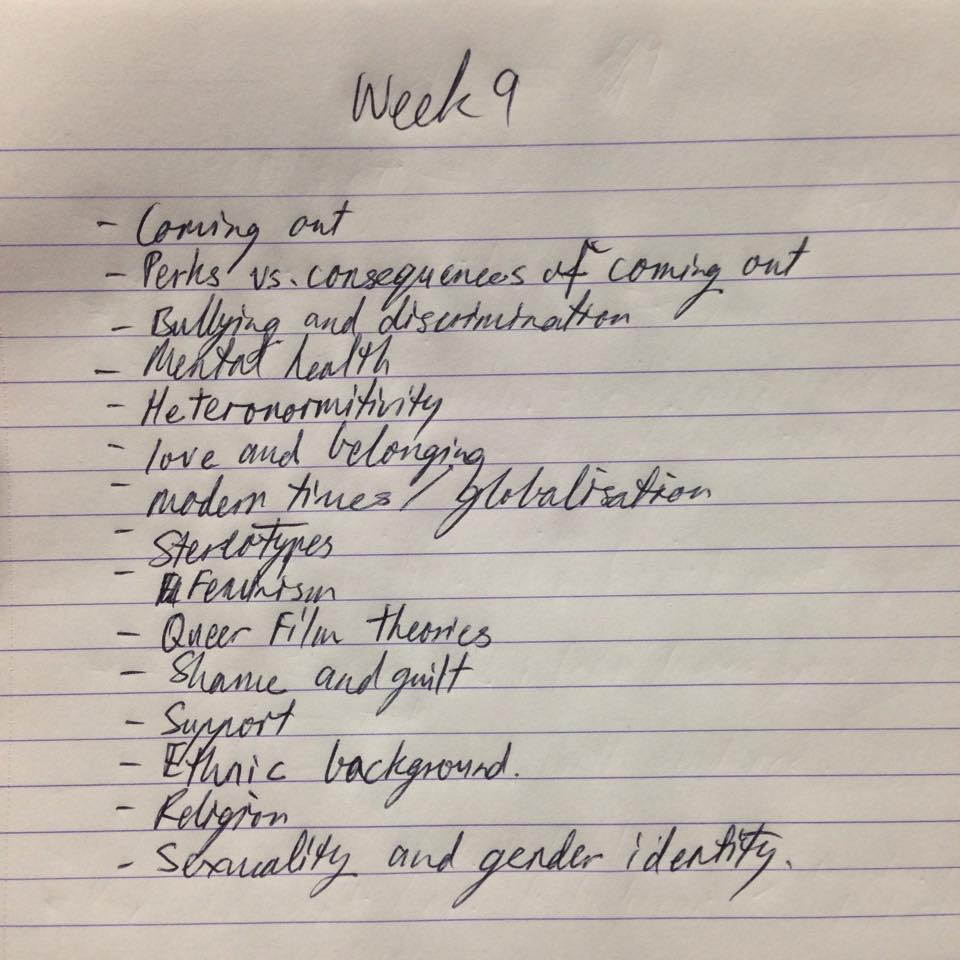Dying. It’s week 12.
I’m still freaking out about my assessments. But surprisingly, I’m doing okay for this ontography course, or at least I’d like to think that.
I didn’t post any blog posts last week, I was too worked up and honestly, I couldn’t be bothered.
I’ve been procrastinating. It’s done me no good.
Over the past week, I continued to work on my film essay. I did some research, downloaded the articles that I thought would be interesting and I read them one by one, not just the abstracts this time, I read the full article but not word by word of-course. I was so interested in some of the articles that I got so into it that I actually forgot that I had an essay to write. Somehow, I managed to reference the articles to my essay. It took me some time, I got to admit that. Writing is not my strong point. Thus, the informal writing I’ve been writing all semester. This is what happens when you speak four languages.
ANYWAYS!
It’s week 12!
It’s been a journey, I’ll say that much.
I would like to say that I’ve finally finished editing my film. I’ve have a total of five rough cuts for my film. My film was showed on the projector in the studio today. It was nerve-wrecking. My film was finish. I didn’t want to tell Adrian or my classmates, but what they were watching in front of them was my final film. I didn’t want to continue to spend my precious time editing my film. I spent too much time already on it. I was scared that I would get feedback with the advice to edit again……. And guess what? I did receive some feedback about tweaking a few things in the film. I was disgruntled. My innards cried and trembled at the thought of editing again. Far out.
Some of the feedback that I received from Adrian were:
- Get rid of the sink and crafternoon stuff
- Move the shots after your commentary to the beginning of the film
- Have your commentary at the end of the film – so it ends on the commentary
- Just have the shots of the room – ceilings, walls, etc.
- Make the film shorter
From all the feedback that I received from Adrian, I decided to edit my film again. To my dismay. I didn’t get rid of the kitchen and crafternoon sequences, I liked it too much to part with the shots. I did move the shots of my commentary to the beginning of the film and I did have my commentary end my film. The film is also shorter now, around 3.48 minutes. I’m sick of editing. Editing is not my strong suit. I loathe editing… Even though I had studied film production for two years… This is the final cut of my film. Or at least I hope?
I’ve zipped my film file into a zip folder and I’ve uploaded to the Google Drive and I’ve shared this with Adrian. I just did this tonight. I’m tired now.
Oh speaking of my film. Adrian and my classmates seem to quite enjoy watching my film now, so that’s a positive. It felt good that they liked it. A lot of effort went into it, even though it might not look like it. A few of my classmates liked how the film is not that ambiguous anymore. I think the soundtrack helped along with the narration of the people in the coming out workshop audio track. I decided not to just have random audio tracks stacked on top of each other but rather have voices narrate with some subtle references to the Clare Colebrook’s quote that I’ve based my film and essay on.
My essay is going well. Adrian had the class print out two copies of our essays, one page each and we were to edit our classmate’s work. I received some helpful feedback from my peers, something that I didn’t think about.
Originally, I thought our essays have to be 2500 words, that’s why I was freaking out these couple of weeks. That’s a lot of words. Turns out we only have to write a total of 1500 words. Funny that. Because I had already written 2500 words. I had to edit it down. Which I did last week. It turned out that I wrote a load of nonsense in my essay. That’s quite sad. I had focused too much on the queer stuff and not my film. I got rid of a heap of those paragraphs that were to queer. And when I did, all I could hear was Adrian’s voice ringing in my ear, ‘Ai Vee, you need to queer it up’ hahahahahahaha! I tried not to queer it up too much in my essay even though I so wanted to.
My essay is currently in the fifth draft. In the studio today, Adrian told us that he wants to know whether our film is a list of things and why, as well as how is our film non-fiction. I’ve been focusing too much on how my film is a list of things and the queer stuff that somehow I didn’t manage to write about how Sissyphobia is a documentary and how it is a documentary. I looked at the readings on Adrian’s studios blog and I’ve downloaded the Bordwell and Thompson article. I’ll be referencing that reading where it says about documentary films in my essay later tomorrow. I just want to hand in my work already!
I plan to finish writing my film essay so I can work on my other assessments.
I haven’t written my 1000 reflective essay yet, the essay for my portfolio. I should I know. I will do so eventually. But right now, I will need to concentrate on this film essay.
You know what? I’ve actually learnt a lot when I wrote my essay last week, when I did some more research and when I read the articles in depth. I found the articles really intriguing. It captivated me. Maybe it was queer related. Not only that though, I read some articles about lists and networks. It made me understand ontography more. And it made me appreciate Adrian’s teaching more. Reading the articles made sense to me now as if I had read the articles back in week 1, I think I would have struggled to make sense of it all.
And what’s more, I reread all the articles that Adrian gave us earlier on into the semester. All of a sudden, Latour’s and Bogost’s readings made more sense. I felt that I had a better understanding of the readings after reading it again. Maybe this time I focused on reading it so I could reference in my film essay. Or maybe it’s week 12 and it’s all the stuff that I’ve learnt all semester that made Latour’s and Bogost’s articles interpretable. When I first read their articles, I was utterly confused and I didn’t get what they were trying to explain. It was just utter nonsense to me to be honest….
I’m nearly there.
Classes have finish.
Today was my last class. Ever. At RMIT. I have officially finished my classes and soon my studies at RMIT. I’ve only need to study my Bachelor of Communication (Media) course for 1.5 years. I won’t be studying at RMIT next semester. It’s a scary thought. I’ll be graduating soon.
Okay.
Right now.
All I have do for Adrian’s class are:
- Sissyphobia documentary film
- Sissyphobia film essay
- Portfolio essay
Also, today my classmate Tom nominated me to be part of the panel for the End of Semester Studio Showcase on the 11th of June. My film is interesting because it’s queer related? Or is it just how I filmed it or edit it? Or is it the audio that makes it interesting? I’m scared to speak in front of so many people. I’ll need to prepare for it definitely. Right now though, I’m going to focus on the more important things. That is, my essays and my film.


